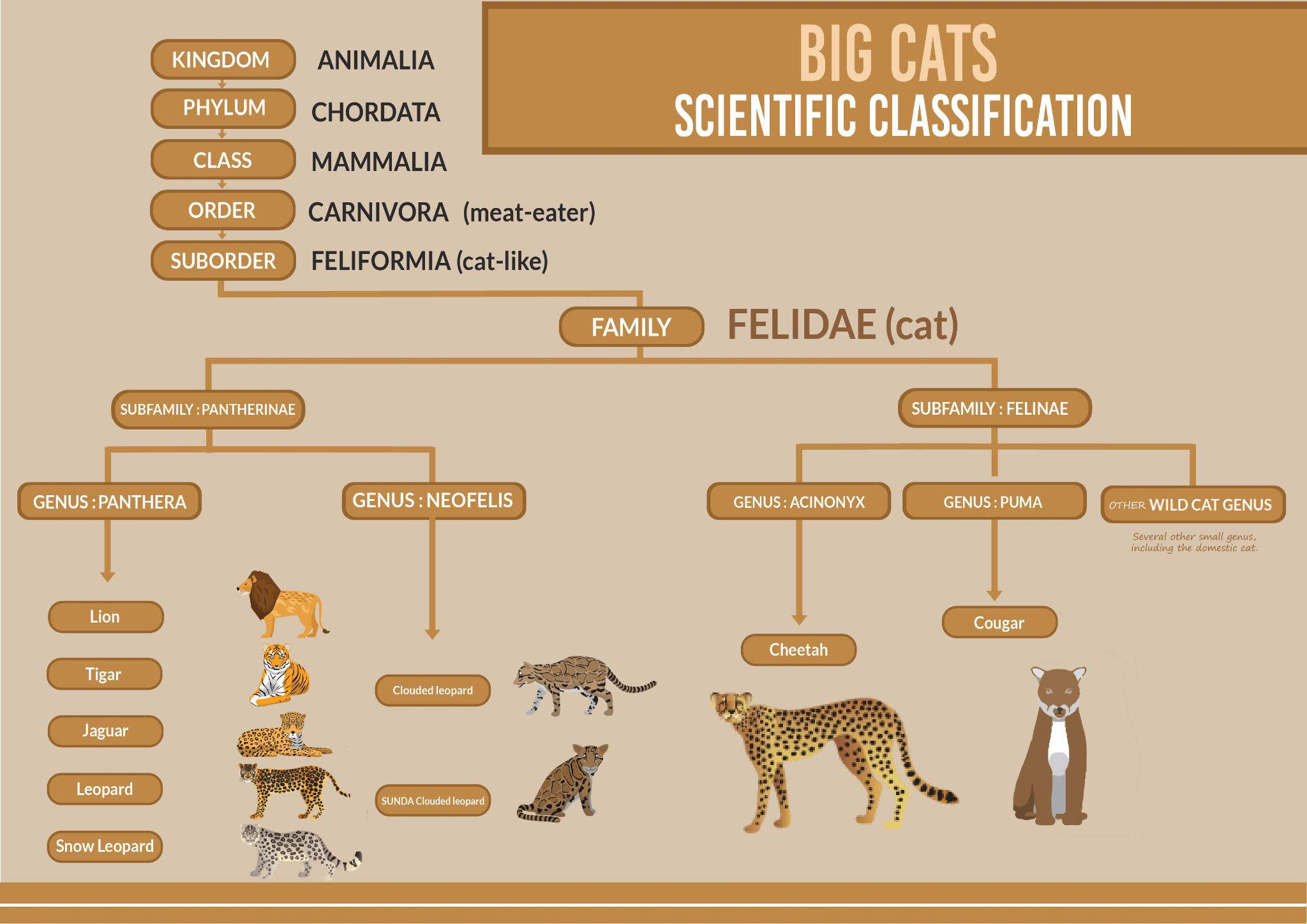Snow Leopard Population Assessment in India | 01 Feb 2024
Why in News?
The National Board for Wildlife meeting in New Delhi witnessed the release of the report on the Status of Snow Leopards in India by the Union Minister of Environment, Forest, and Climate Change (MoEFCC).
- This report is a result of the Snow Leopard Population Assessment in India (SPAI) Program, a significant scientific exercise that provides crucial insights into the snow leopard population in India.
What is the Snow Leopard Population Assessment in India (SPAI) Program?
- The SPAI Program is the first-ever comprehensive scientific exercise aimed at assessing the population of snow leopards in India.
- The Wildlife Institute of India (WII) served as the National Coordinator for the SPAI, with support from snow leopard range states and conservation partners, the Nature Conservation Foundation (NCF), Mysuru and World Wildlife Fund(WWF)-India.
- The SPAI systematically covered over 70% of the potential snow leopard habitat across the trans-Himalayan region, including UTs of Ladakh and Jammu and Kashmir, and states such as Himachal Pradesh, Uttarakhand, Sikkim, and Arunachal Pradesh.
- The assessment was conducted from 2019 to 2023 using a meticulous two-step framework, including evaluating snow leopard spatial distribution and estimating snow leopard abundance using camera traps.
Note
- The Nature Conservation Foundation (NCF), Mysore is a non-governmental organisation that focuses on the conservation of India's wildlife and ecosystems.
- WWF-India, established as a Charitable Trust on 27th November 1969. It is a science-based organization which addresses issues such as the conservation of species and its habitats, climate change, water and environmental education, among many others.
- WWF-India Secretariat is an autonomous office based in New Delhi. It is part of WWF International.
What are the Key Highlights of the Report?
- Findings:
- The SPAI exercise recorded a snow leopard population of 718 individuals in India, providing crucial data for conservation efforts.
- The report detailed the estimated presence of snow leopards in different states: Ladakh (477), Uttarakhand (124), Himachal Pradesh (51), Arunachal Pradesh (36), Sikkim (21), and Jammu and Kashmir (9).
- The SPAI exercise recorded a snow leopard population of 718 individuals in India, providing crucial data for conservation efforts.
- Conservation Efforts and Recommendations:
- The report emphasises the need for establishing a dedicated Snow Leopard Cell at WII under the MoEFCC to focus on long-term population monitoring.
- Consistent monitoring through periodic population estimation is proposed to ensure the long-term survival of snow leopards and to identify challenges, address threats, and formulate effective conservation strategies.
National Board for Wildlife
- The National Board for Wildlife (NBWL) is the apex body in India for all wildlife-related matters.
- It is a statutory body constituted under Section 5A of the Wildlife (Protection) Act, 1972.
- It advises the government on policy matters concerned with wildlife conservation and preservation, and approves projects in and around national parks and other protected areas.
- The NBWL is chaired by the Prime Minister and comprises 47 members, including three Members of Parliament, five NGOs, and 10 eminent ecologists, conservationists, and environmentalists.
UPSC Civil Services Examination Previous Year Question (PYQ)
Prelims
Q. Consider the following: (2012)
- Black-necked crane
- Cheetah
- Flying squirrel
- Snow leopard
Which of the above are naturally found in India?
(a) 1, 2 and 3 only
(b) 1, 3 and 4 only
(c) 2 and 4 only
(d) 1, 2, 3 and 4
Ans: (b)


